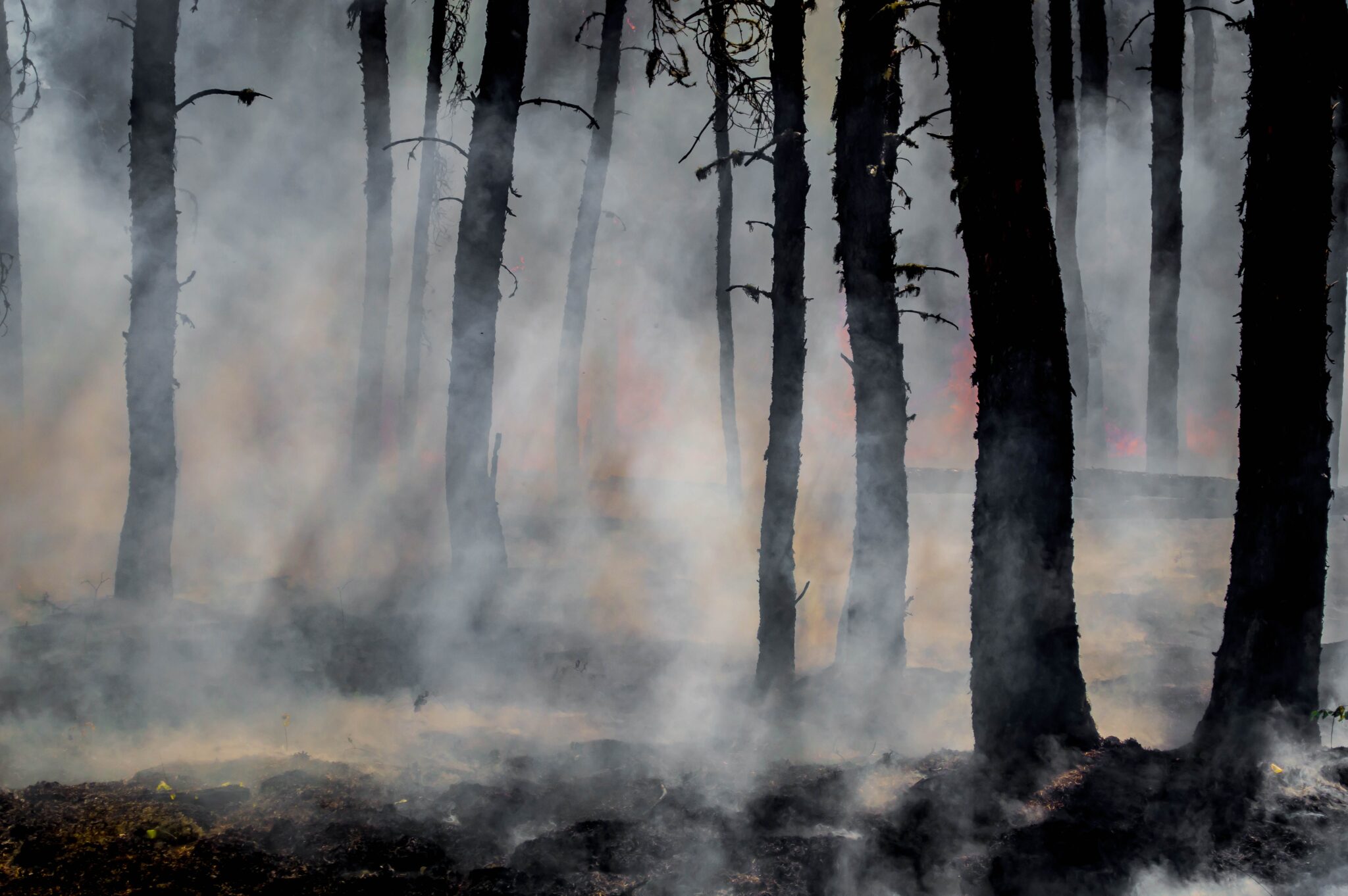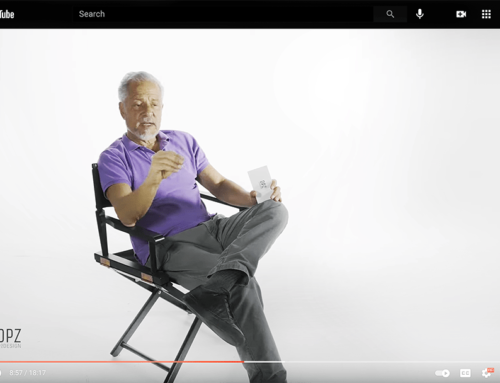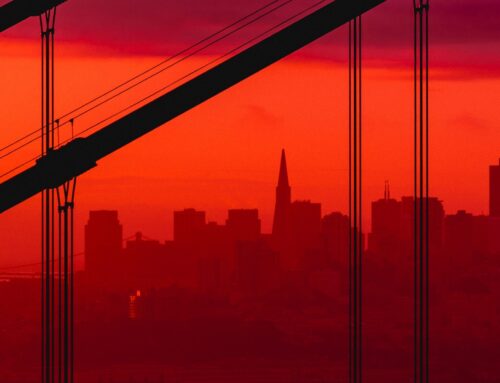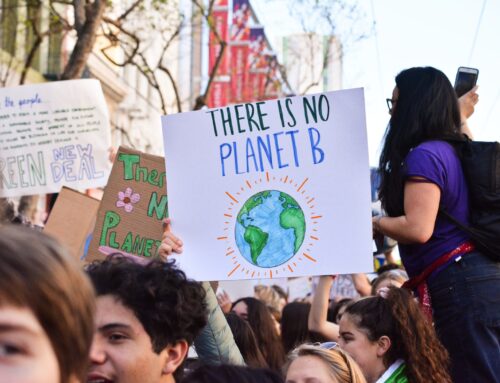I often find myself flying across the US, choosing the window seat because its more comfortable and also more interesting. While this is a consequence of moving across the country, where much of my professional work remains in the Midwest and East, it provides a lot of fodder for thought about humans, settlements, natural systems, economics, and climate change. In fact, climate change is part of the reason I moved.
As an early-wave climate migrant, I’ve spent considerable time thinking about the looming problems and opportunities of the coming climate migration. I’ll touch more on the problems and opportunities at a later time; the subject of migration and climate refugees requires more immediate attention and understanding. Being in the US, we have few connections to global patterns of migration and strife. But most others outside our boarders are well aware of the relationship between climate, strife, access to food and water, rising seas, and patterns of temperature and seasons. Remaining willfully ignorant doesn’t serve anybody.
In the US, we find ourselves beyond ignorance, residing in the realm of lies and fear. In my professional career, in Florida, I have directly witnessed regional entities manipulating interpretations of IPCC research in order to keep residents in the dark and not spook the real estate market. And that was before Rick Scott was governor, who outlawed talk of climate change and sea level rise in the state house. Clearly there are reasons why I left South Florida and the state entirely. Here are some inconvenient facts. The IPCC estimates don’t account for increased ice sheet melt which is all over the news currently. Areas close to the Everglades are actually lower than most coastal properties along the limestone ridge, which is where all the new housing is being built. Some key aquifers have been poisoned by sewage for years and now nuclear waste. Sugar farms continue to block the natural flow of Lake Okeechobee which should flow into the Everglades and recharge the primary aquifer, which is too low to hold out salt water intrusion. Instead the lake is forced out two primary rivers which caused the recent catastrophic algal blooms due to fertilizer runoff from farms. During the 6 years that I lived on Miami Beach, the rise of water was a regular experience. In fact the City of Miami Beach has had to work on its own, without the state, to address climate issues, including raising West Avenue. And the populous remains ignorant. Discussion is blocked in part due to fears of effects on real estate value. But this is not just about Florida.
Florida is symptomatic or more significant issues of ignorance, lies, and fear. In a recent discussion about the Paradise fires in California, I finally heard some rational conclusions: perhaps we shouldn’t build back here. This high-profile disaster is just one of thousands of disasters occurring across the US, not counting elsewhere in the world. A colleague, Laura Clemmons, who works in the world of FEMA grants and disaster recovery has been making noise for years to this end. We’re wasting incredible amounts of money building back either in places that don’t have a future or in patterns that are not sustainable. Another colleague, Jessica Millman, suggested that real estate agents be required to disclose future disaster and climate risk. Unfortunately, there is no honest and broad conversation, planning, or action. As usual, the most significantly impacted populations now and in the future are those already disenfranchised.
Of course it doesn’t have to be this way. But that takes forethought and planning. A new lens on regions, economies, and ecologies. Subjects of further discussion.
For now, I want to discuss three types of climate migrants: the able and aware, the affluent and ignorant, and the refugee. I fall into the first category of the able and aware. We pay attention to the real threat of climate change, and understand that it is now and it doesn’t stop in 2050 or 2100 or whatever dates are used to peg our estimates. We have the means to move and are doing just that; taking up residence in places that are more climate secure with good economic opportunity. Once more people are aware, good places to land will become increasingly expensive. This able and aware group will grow quickly as the reality of climate change becomes increasingly apparent.
The affluent and ignorant are generally unaware or unconcerned, and have the means to relocate as needed. For them, the burden of climate change may be significant, but they don’t have to fear relocation difficulty. Despite rising costs in more climate secure areas, new housing will be built and will generally be attainable. However many have not yet considered the inability to sell their homes, if they have considered future climate at all, which may result in downward social mobility. This group is generally concerned with business, leaving little time to consider future implications of climate change. And many, despite their educational backgrounds, are willingly ignorant of climate science. But they’ll get along alright.
Future climate refugees represent the largest portion of the US and world population. While some may have the ability to move presently, an already difficult daily life leaves little time for future planning. Many rely upon their extended families and communities for support. We found in New Orleans after Hurricane Katrina that most will not or can not leave that extended support system. When there is no other choice than move, they are likely to be some of the last; housing opportunities near economic opportunity will be scarce. And where housing is available, it is likely to be substandard and within car-dominant areas, perpetuating the cycles of poverty and disenfranchisement. We should all be concerned for the future of this population; their future is our collective future.
If we continue on our current path, we are doomed. At this point, mitigating climate change is doomed. We must make changes to our development patterns, energy systems, food systems, and daily habits. But this is in order to change the climate change trajectory starting at 2050 or 2100, not between now and then. Making these changes remains critical to the future of our species. We also must begin planning for the inevitable change we have ahead of us.
We must adapt.
Nothing escapes the need for adaptation. Certainly where we live and how we build must adapt. But our economic lens must as well. We find ourselves stuck with inaction as people fear the financial implications of changes required for our survival. Ironically the fear and inaction will result in greater financial destruction than action today.
Planning ahead is our greatest hope. More on hope and change soon.






